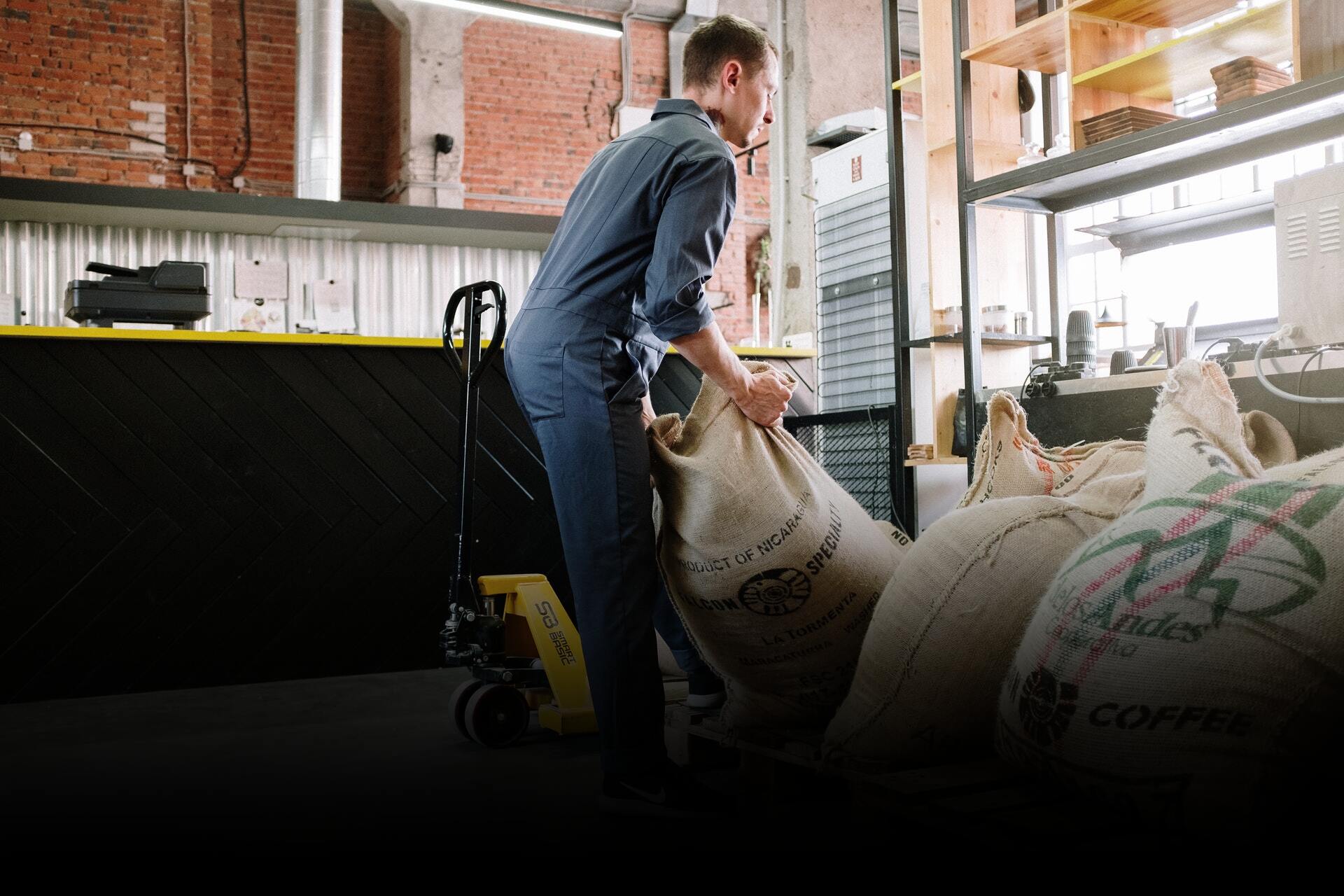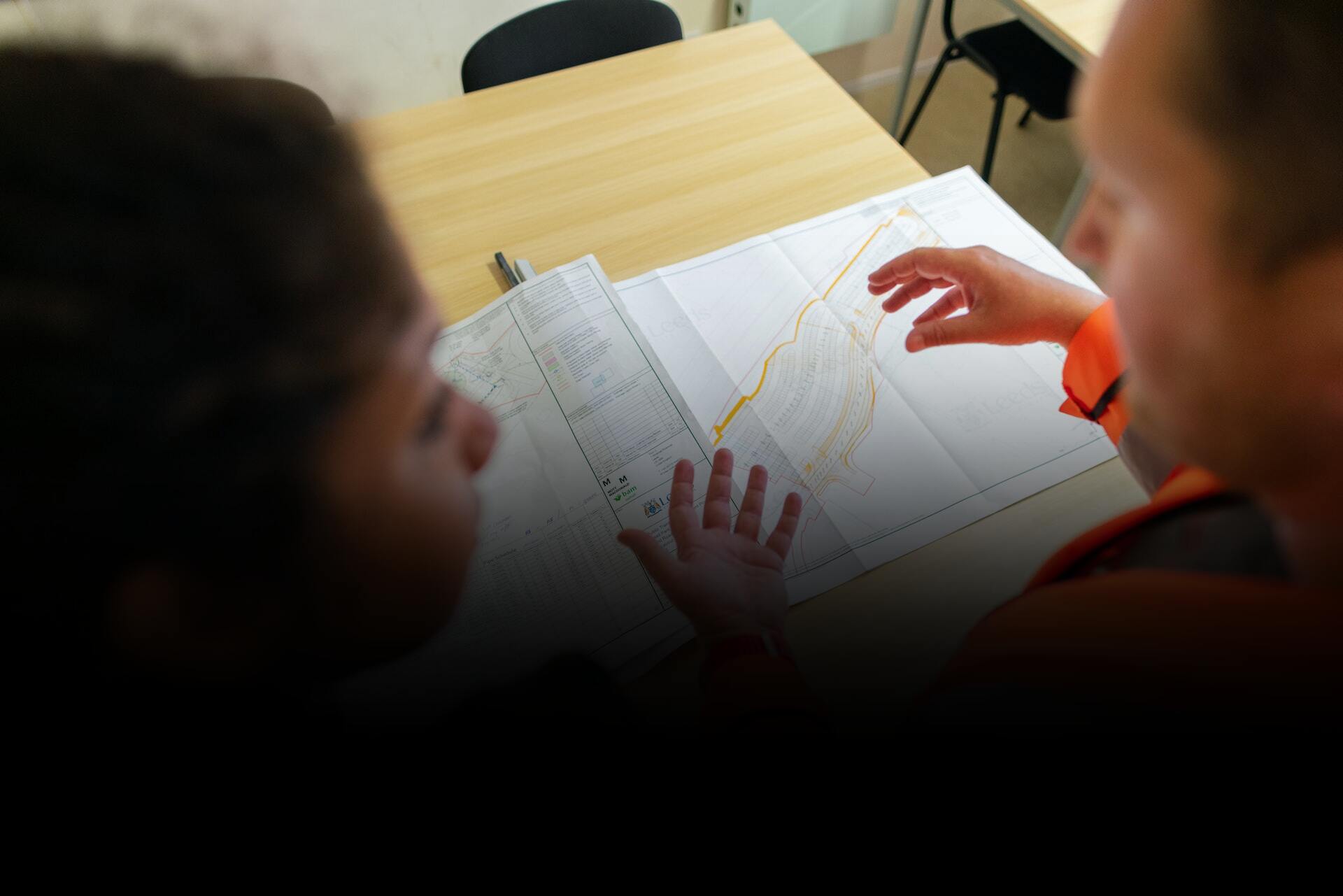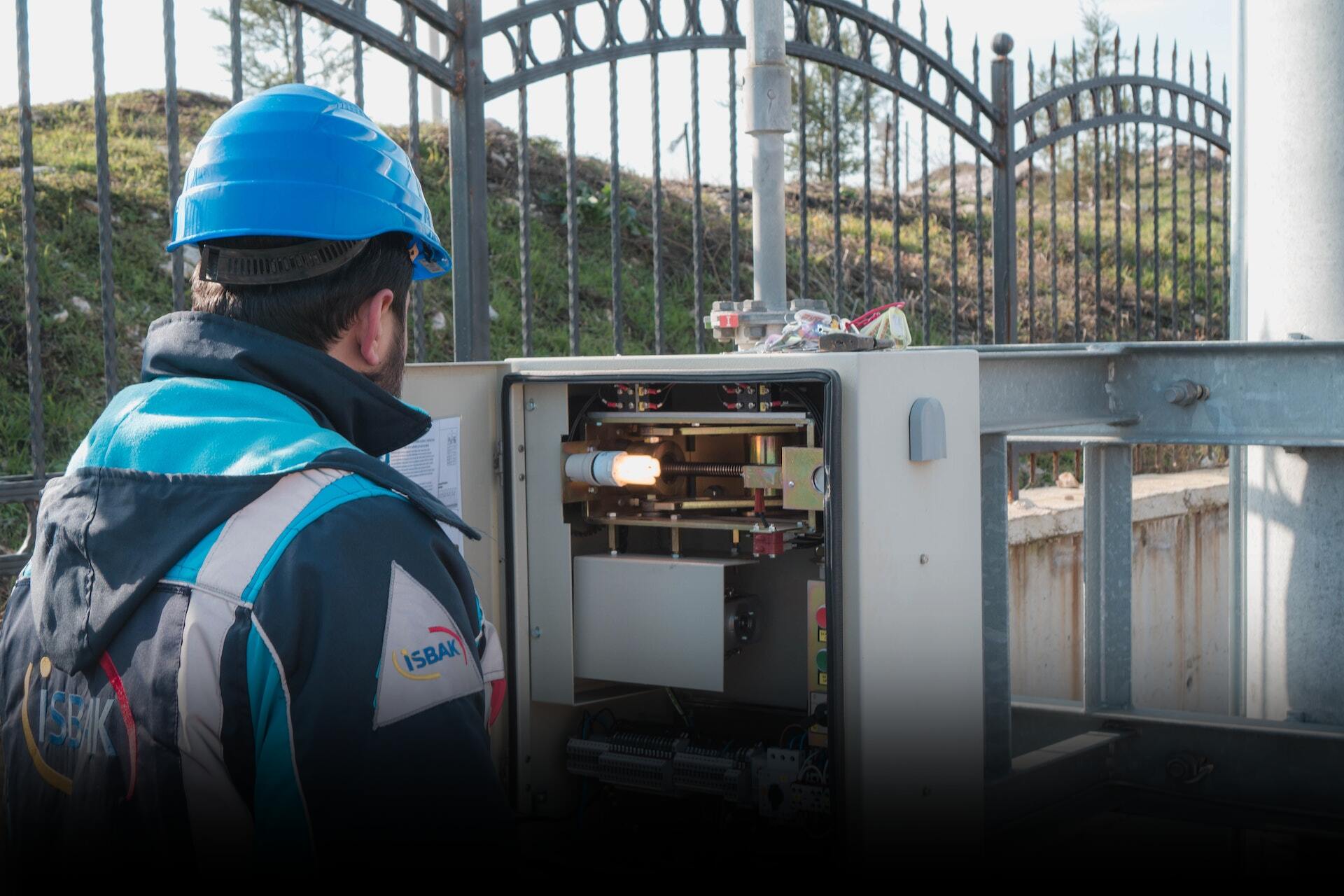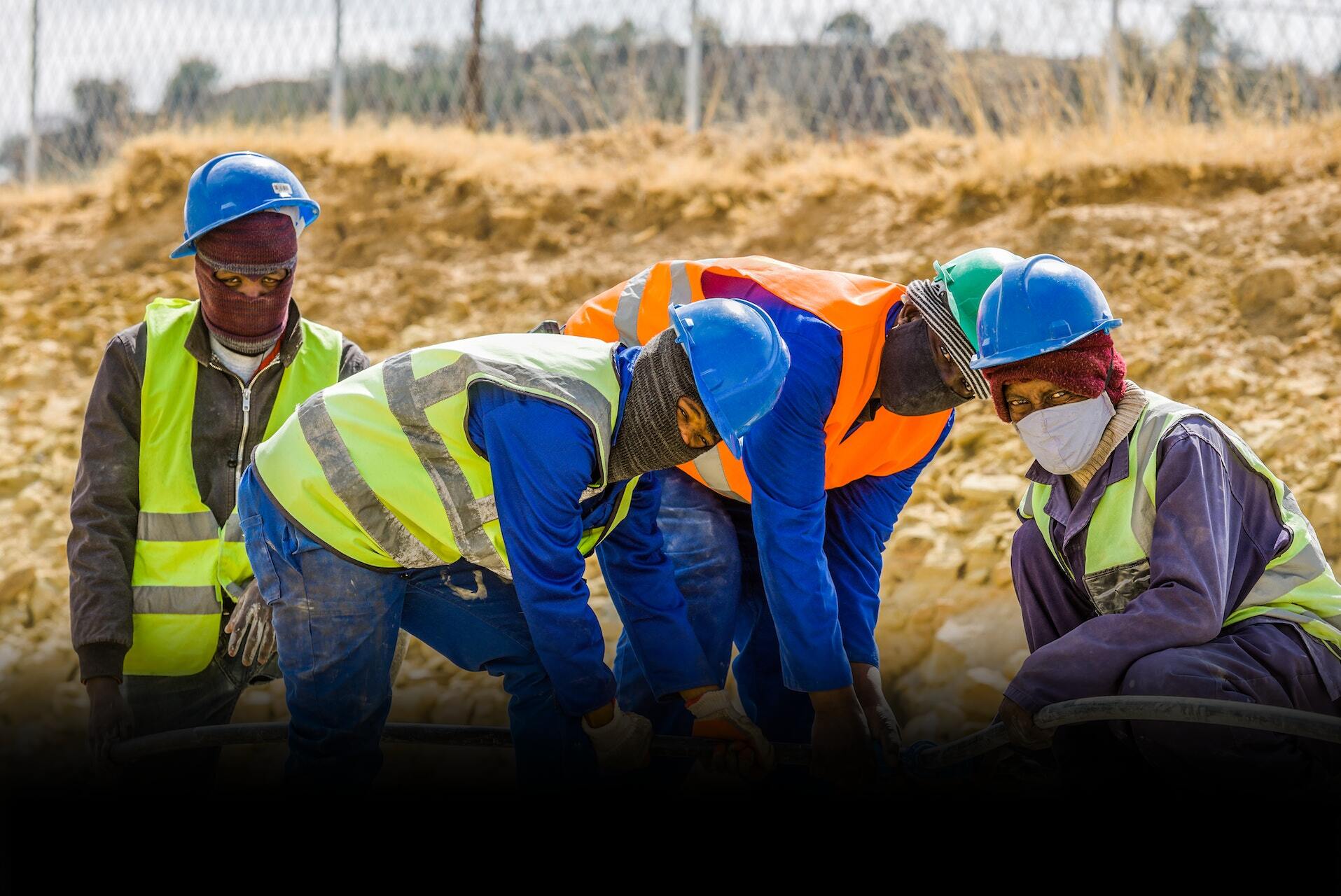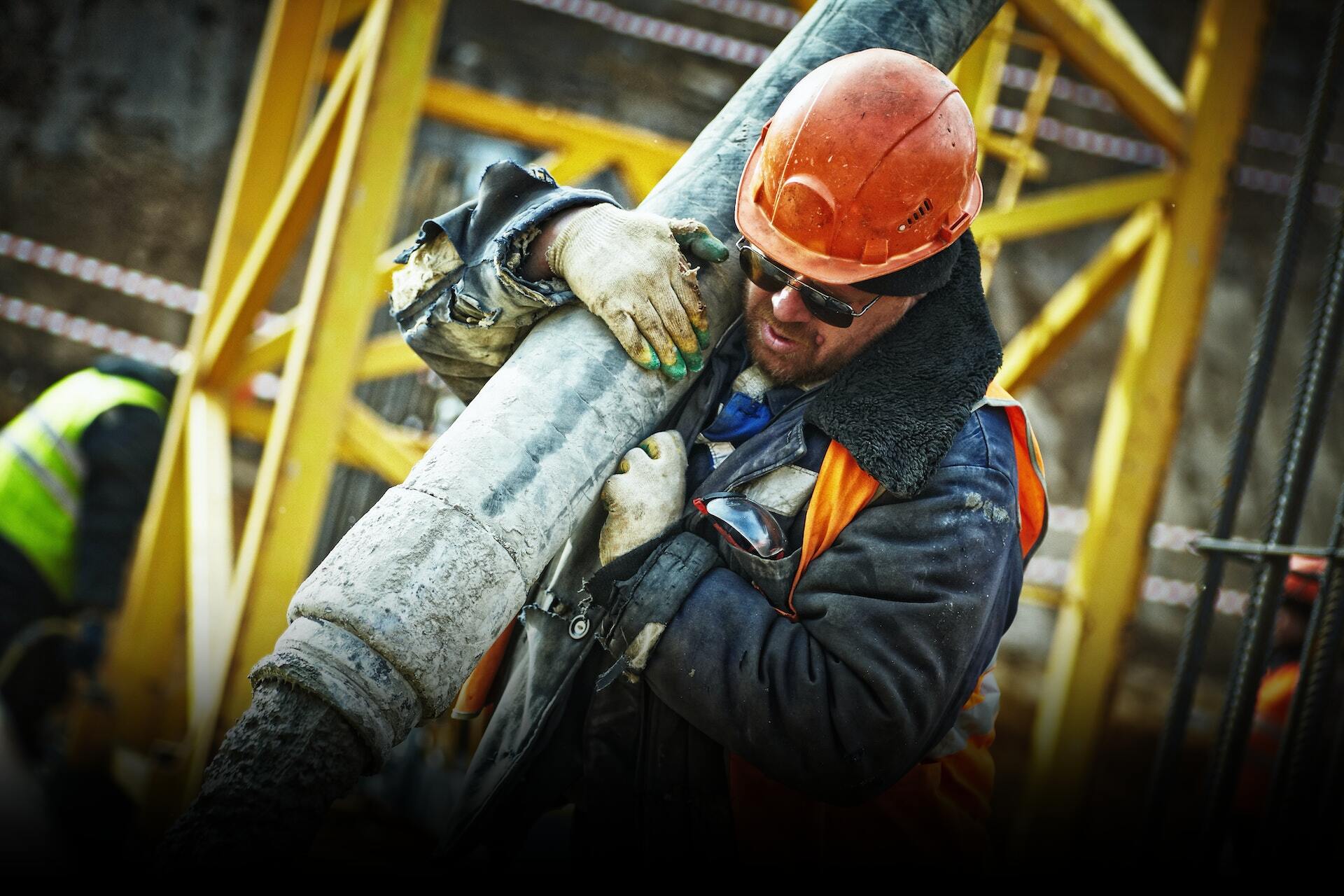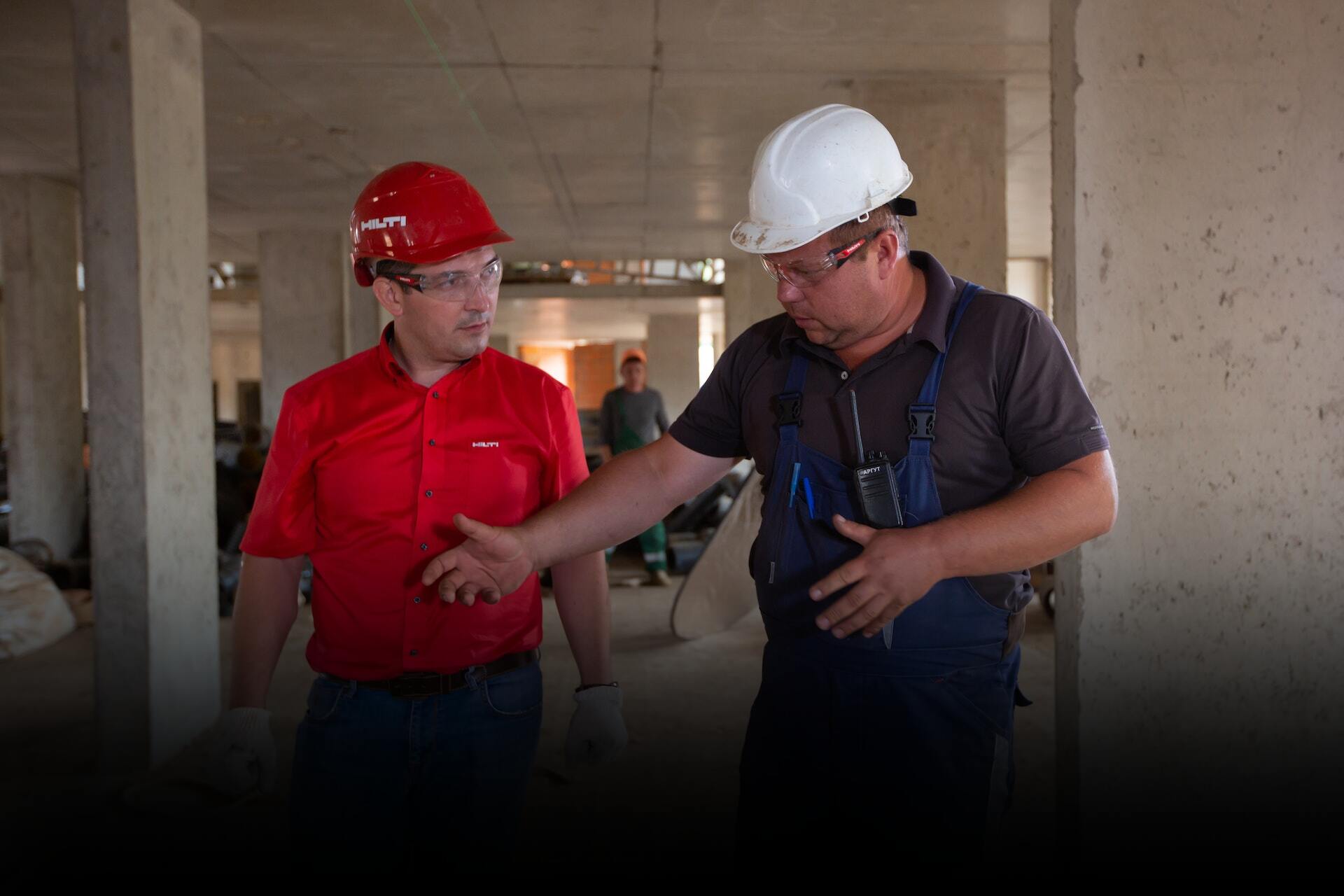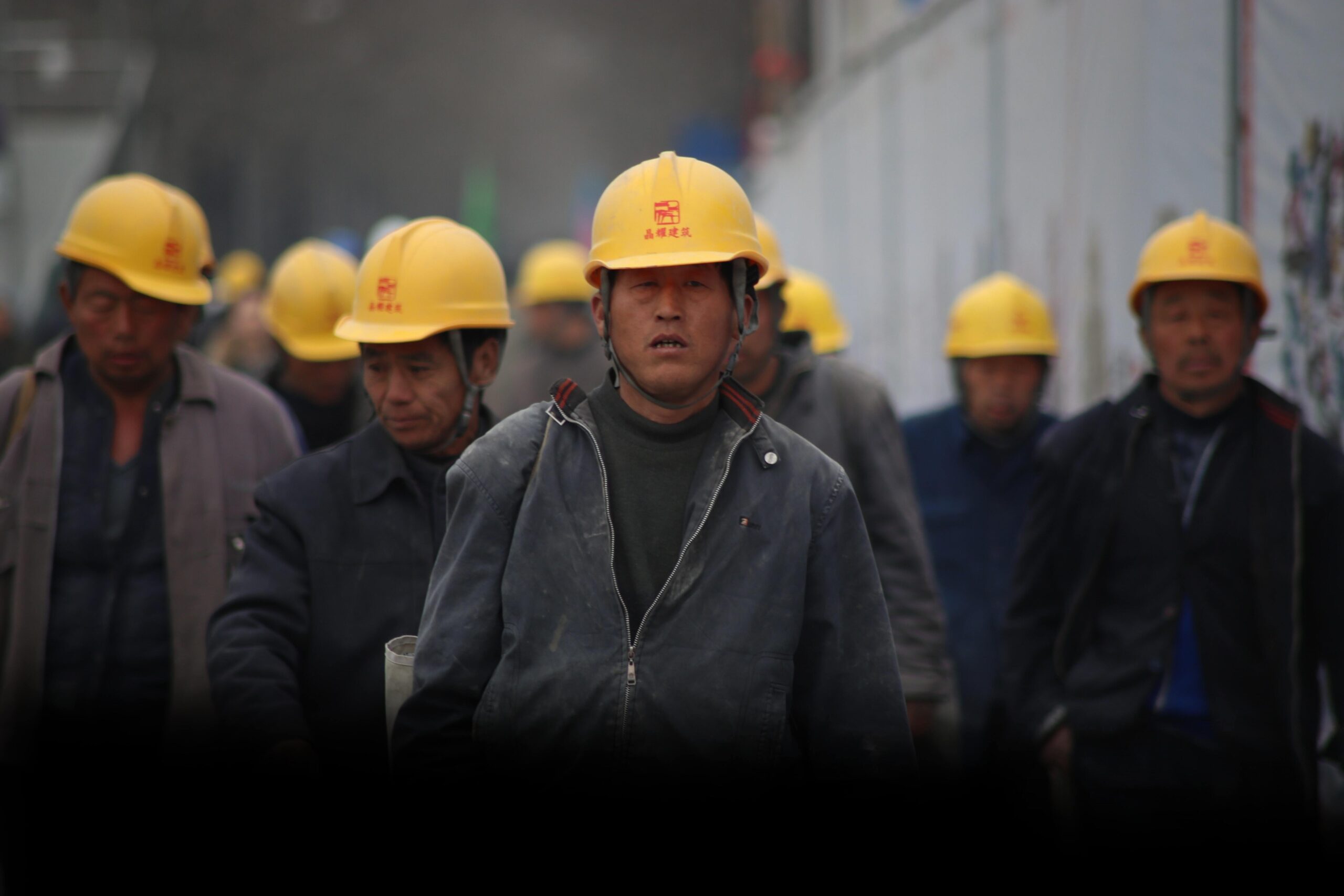
No Time to Read?
Let’s Explore the Blog Together to Know What’s Inside in 5 min summary video
Hazards of manual handling operations result in a wide range of risks, among them acute injuries that lead to days away from work or a period of rest. Meanwhile, chronic injuries – probably called silent predator – arising, building up silently over a long period of time, then attack and are usually irreversible or unhealable Manual Handling Operations Regulations require employer to:
- Eliminate the need for hazardous manual handling operation as much as possible
- Issue accurate, sufficient risk assessment of hazardous manual handling
- Take proper precautions to reduce the risk of injury from hazardous manual handling
Read "How to Prevent Manual Handling Injuries Pt.1"
Break down manual handling operations according to several elements
and criteria that influence work activity in order to produce high-quality risk assessments. Factors include:
-
- Task,
- Load,
- Working environment, and
- Human capabilities
1. The Task
Subdivided into two major lines
Task Layout Work Routine
a) Task Layout
Can play a significant role in reducing the risk of injury by eliminating carrying between workstations, storing heavier loads at waist height, and storing light loads, easily handled or handled infrequently above shoulder height. Design the work flow layout taking into account the reduction or removal of the need for twisting, stooping, and stretching.
Distance from The Trunk Task
The farther the load is moved away from the body, the higher the stress on the lower back. Also, holding a load at arm’s length imposes about five times the stress as when loading very close to the body. It is less risky and easier to lift the load by pulling or sliding closer to the body before beginning the lift, conserving foot position close to the load as much as possible to avoid over reaching, and the handler is less likely to lose control of it.
Twisting and Side Bending Task
In the same boat of “distance from trunk” stress on the lower back increases significantly by twisting during manual handling and becomes worse if twisting and bending at the same time. Twisting occurs more likely while one-handed handling (higher risk with a heavy load, low risk with a very light load). The risk can be avoided by directly approaching the load in the direction they intend to move. If not possible, then change direction by moving the body with the feet rather than twisting the torso as part of the lift.
Stooping Task
Stooping puts additional strain on the lower back, which raises the risk of injury. Back muscles’ function is to support both the weight of the load and the weight of the upper body. A shallow stoop, on the other hand, is preferable to a steep stoop because the latter might put undue strain on the knees and hips
Reaching Upwards Task
Reaching over shoulder level puts additional strain on the arms and back, making it harder to control the load. Hand postures above the shoulder tend to be weak and so exhausting, despite the use of leg muscles to push upward or body weight to pull downward. whenever possible, avoid lifting above the height of your head; instead, offer help to support loads or tools.
Lifting or Lowering Distance Task
The distance that must be travelled to lift or lower a load; a longer distance requires more physical effort than a shorter one. As long as the load is modest enough to be held close to the body, avoid raising below floor level and encourage handling methods which enable the use of leg muscles rather than the back

Carrying Distance Task
Even though safe loading practices lower the risk of injury; avoid endangering the back; point a.5) clarified that more distance means more effort required, which in turn means fatigue and an increased risk of injury. For example, carrying weights for more than 10 m imposes a load on the heart and lungs, and muscle fatigue, and limits the strength needed for lifting and lowering.
Pushing or Pulling Task
Loading goods onto a conveyor, trolley, or roll cage will reduce the amount of carrying needed, that’s why it is considered a way of reducing the effort of manual handling. However, that does not mean it is harmless, as with items that do not have wheels and uncontrolled sliding or rolling of heavy loads. The majority of injuries affect the back, neck, and shoulders. Injuries from trapping hands and other body parts are also common.
Positioning the Load Precisely
When palletizing a load or controlled into a final position, it is important to position the load precisely, which adds to the risk of injury, especially if the load is far from the body. Then, it is safe to use a tool or device to guide the load into its exact position.
Risk of Sudden Movement of The Load
Unpredictable stresses can be imposed on the body in case of sudden movement of a load or lost the complete control of it, for example, freeing jammed items in a machine, handling people, or animals that may behave unpredictably
Lifting’s a breeze when you bend at the knees
– Safety Advisor
b) Work Routine
Frequent or Prolonged Physical Effort
Working with less movement reduces blood flow to the muscles and muscular efficiency, leading rapidly to fatigue and pain. Since comfortable handling decreases as the frequency of handling increases, the body would become more fatigued, worsened by jerky or hurried movements; in this case, training is a good way to adjust working rate to optimize safety and productivity.
Rest or Recovery Periods
As there are large differences in how quickly individuals become fatigued. Make sure there are adequate opportunities for rest by taking breaks from work or recovering by changing to another task that uses a different set of muscles

Handling While Seated
As pointed out in 2.1, while handling loads while seated, most of the work is done by arm muscles, so the loads that can be handled are much lighter. Overreaching and leaning forward to grasp loads put the body under additional stress. Twisting is present, especially when reaching below seat height or above shoulder height, so consider providing a seat that swivels. Seats should be provided with an appropriate backrest and armrests if they are not restricting movement.
Team Handling
Although teamwork reduces the risk of injury, it may introduce additional problems if not considered properly. First of all, each member of the team shall know his own roles; planning and coordination are more important, especially when the team size grows. The capability of the weakest person acts as a limiting factor, which in turn means the stronger members of the team should lift the heavier end of the load.

Control Measures
- Avoid frequent stopping and manoeuvring
- Prevent jerky movements and high sustained forces
- Place hands at waist height neither below nor above shoulder height
- Adopt a comfortable, stable posture rather than twisting or bending
- Shorten the length of the route as much as possible
- Make safe repeated journeys
- Ensure route clearance of obstacles
- Good condition of floor surface
- Proper PPE to ensure grip to prevent slipping
- Avoid kerbs, steps or slopes by ramps and lifts.
- Provide the correct type of equipment
- Wheels are fitted with brakes
- Maintenance Regime (wheels and braking system)
- Equipment is provided with a handle at a suitable height





















